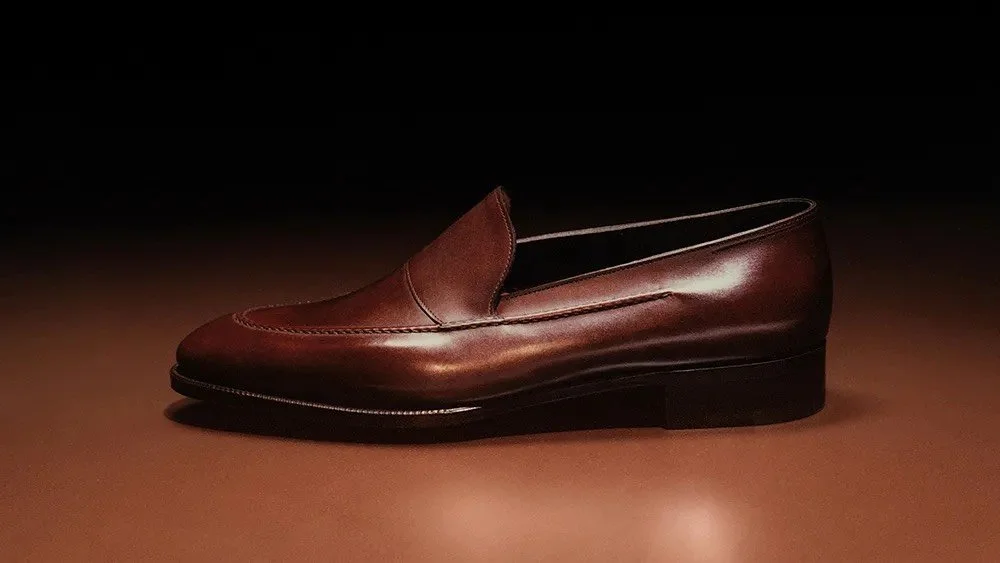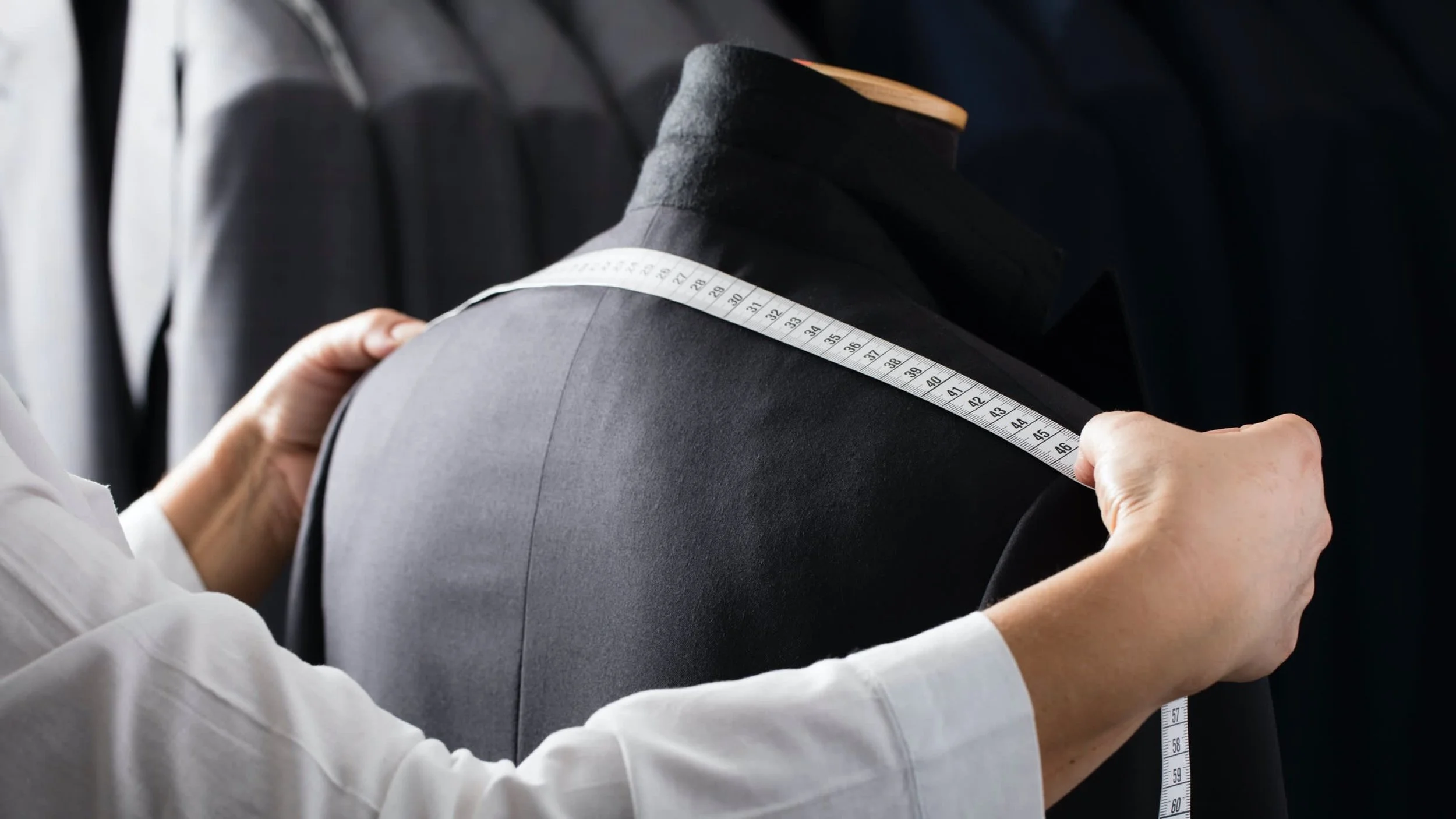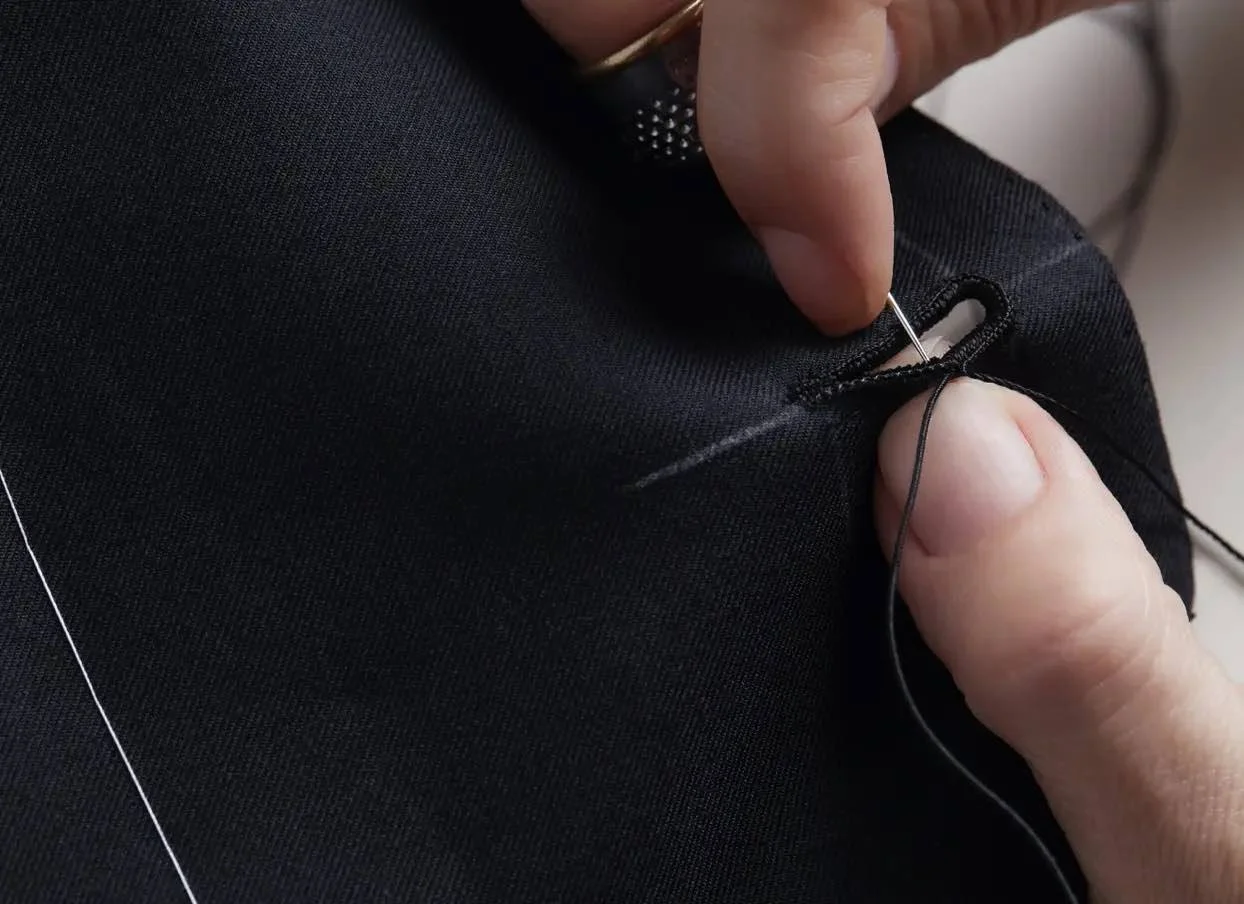HOW TO BUY QUALITY SHOES: A CONCISE GUIDE
SHOE QUALITY ESSENTIALS
Quality shoes elevate your style, offering durability, comfort, and timeless appeal. The most important factors are the leather’s quality and the sole’s attachment method. This guide outlines how to assess craftsmanship to ensure your shoes look great and last.
-
High-quality leather molds to your foot, enhances durability, and maintains a polished look.
Calf Leather: Preferred for its suppleness and longevity. Top-grade calf leather is increasingly rare due to demand from luxury goods.
Assessment Tip: Bend the shoe near the laces, where the foot flexes. Fine, small creases indicate high-quality leather; coarse, large creases suggest lower-grade material.
Appearance: Quality leather develops a rich patina over time, unlike cheaper materials that wear out quickly.
Tip: Prioritize supple, high-grade calf leather for dress shoes to ensure comfort and a refined aesthetic.
-
The method of attaching the sole impacts durability, comfort, and style:
Goodyear Welting: A leather strip (welt) connects the upper to the sole, which is then sewn. This robust, heavier construction is ideal for long-lasting dress shoes, common in traditional English styles. It allows for easy resoling, extending shoe life.
Blake Stitching: The sole is directly sewn to the upper, creating a lighter, slimmer profile, often seen in Italian shoes. It’s less durable than Goodyear but offers a sleek look.
Cementing (Gluing): Used in cheap or lightweight shoes (e.g., slippers or summer styles), cementing is less durable and harder to repair.
Tip: Choose Goodyear welting for everyday dress shoes due to its durability and repairability. Opt for Blake stitching for a lighter, more elegant silhouette if style is a priority.
-
Quality shoes reflect careful construction and materials:
Handwork: Higher-end shoes often feature more hand-finishing, such as hand-stitched welts or polished leather, enhancing durability and aesthetics.
Price as a Guide: In regions like Northampton, England, price often correlates with better materials and craftsmanship, as makers focus on quality over branding. Elsewhere, higher prices may reflect marketing or ornamentation.
Tip: Invest in Goodyear-welted shoes from reputable makers for the best value, ensuring longevity and timeless style.
-
Fit ensures comfort, while style aligns with your needs:
Fit: Quality shoes should fit snugly but comfortably, molding to your foot over time. Ensure proper sizing, especially for dress shoes.
Style: Black leather for formal settings, brown for versatility, or bold colors (e.g., patent red) for statement pieces. Classic styles like oxfords or loafers are timeless.
Tip: Try shoes on later in the day when feet are slightly swollen to ensure a true fit. Choose styles that match your wardrobe’s purpose.
-
Care Tips: Polish regularly, use shoe trees to maintain shape, and avoid overwearing to extend life. Resole Goodyear-welted shoes when needed.
Budget: Quality shoes range from $200–$1,000+, with higher prices reflecting better leather and handwork. A $300–$500 pair often offers excellent value for daily wear.
Tip: Proper care can make quality shoes last decades, maximizing your investment.











